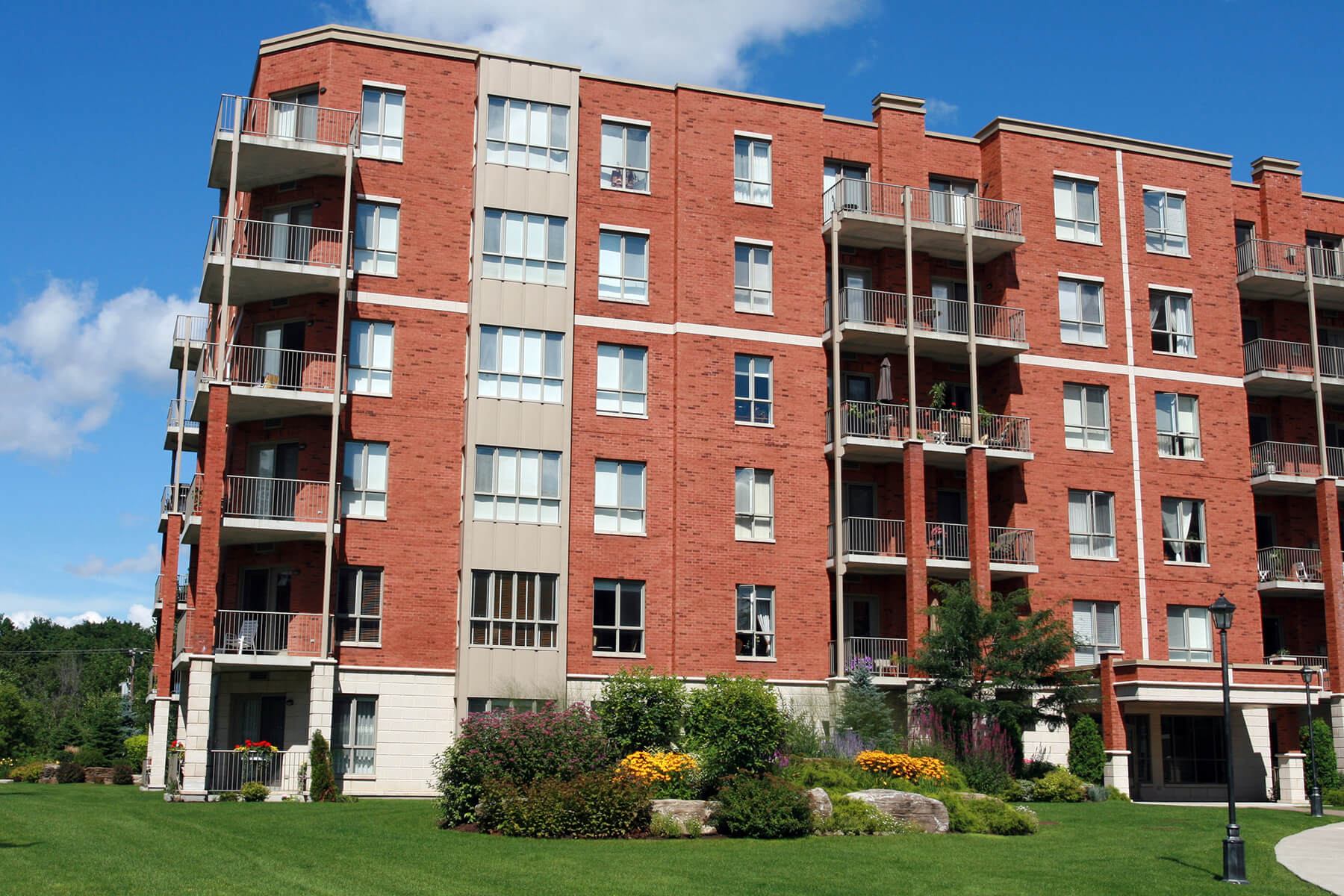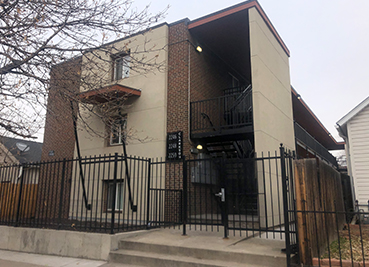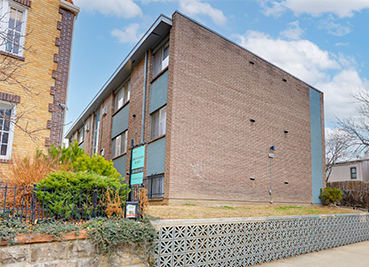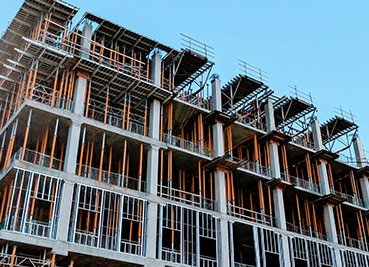US May Rent Collection Hovers at Nearly 88%
While most U.S. apartment renters are paying up, there are cracks forming in the rent collection rate’s facade.
Those in cheaper apartments are starting to have problems, according to landlords.
That’s the word from the National Multifamily Housing Council, the Washington, D.C., industry group that regularly surveys the owners of about 11 million units nationwide about rent collections.
A full 87.7% of renters made some sort of May payment — full or partial — by Wednesday, according to NMHC. That’s down 2% from the same time last year, but up from last month at the same time, when 85% made a payment. By the end of April, 89% had made a payment.
Still, landlords are worried about renters in the most vulnerable positions.
“If this goes on for longer, while there is already great pain, there will be greater pain,” said Larry Curtis during an NMHC webinar Friday. Curtis is the president of Boston-based Winn Cos., which owns and operates about 100,000 apartments nationwide, many of them mid-priced, so-called workforce or affordable rentals. He said so far this month collections at these Class C units were down to about 68%.
“The drop-offs in payments are not at disaster level, residents are doing all that they can to stay in their home,” he said.
Renters in older, cheaper apartments are also the ones who were making less money and had less savings and other resources to pay rent as they lost work, said Curtis.
NMHC has been tracking rent collections since the coronavirus took hold in March and economies started shutting down. At least 36.5 million Americans have since lost their jobs, according to federal unemployment statistics, many of them renters.
Landlords have been offering payment plans, and waiving late penalties and fees for using credit cards to pay rent. One thing NMHC doesn’t track is how many renters have been making only partial payments. But landlords participating in the group’s recent webinars have pegged that number as high as 20%.
“It’s important to understand that our metric does not capture rent payments for smaller landlords or for affordable and subsidized properties,” NMHC President Doug Bibby said in a statement.
“These excluded properties are the ones more likely to house residents experiencing financial stress. In addition, as current federal support programs begin to reach their limit, it will be even more critical for Congress to enact a meaningful renter assistance program. It’s the only way to avoid adding a housing crisis to our health and economic crisis.”




